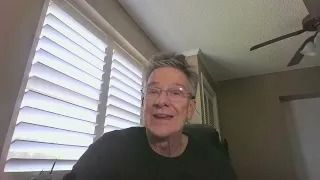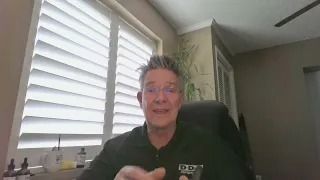Nearly half of retirees worry they’ll outlive their savings, while 25% are burdened by housing costs
Forty-five percent of retirement-age survey respondents are concerned that they will outlive their savings while 25% spend nearly one-third of their monthly income on housing costs. This is according to new data released by Clever Real Estate.
The survey results show stark declines in overall financial sentiment based on responses from 1,000 retired Americans at least 62 years old, with a median age of 70. Forty-three percent of respondents said they would rather die sooner than outlive their savings out of concern for a decline in their quality of life.
But more than one in three (39%) said they have watched their standard of living fall in retirement, while roughly one-third (30%) said they have already “spent too much” of their retirement savings.
The survey cites the recommended amount of retirement savings at just over $600,000, but respondents said they have saved an average of about $308,000, barely half of this recommended amount. And 27% of respondents said they have no retirement savings at all.
Interestingly, nearly half of respondents (46%) said that the media paints an overly positive picture of what retirement is actually like. More than half (53%) said they actively prioritize retirement savings over “enjoying” their post-employment lives.
Just under half of respondents also admitted they didn’t begin saving for retirement until they were in their 40s, while nearly two-thirds (64%) expressed regrets about retirement.
Mortgage debt was not specified, but retirees said their debt obligations are largely elevated. About two-thirds of respondents said they’re carrying some kind of debt beyond their mortgage, and nearly one-third (31%) said they are more than $10,000 in debt.
Eighty percent of respondents also believe the government should be doing more to help retirees — a tall order considering the place of the Social Security program in gridlocked political conversations, particularly in a narrowly-divided Congress. At the same time, more than half of respondents (52%) feel that retirees rely too much on government programs like Social Security as opposed to their own savings.
In addition, 90% of respondents said that dedicated retirement communities are “overpriced and unaffordable for the average person,” while 72% of respondents said they could not afford a home in the current market
Have A Question?
Use the form below and we will give your our expert answers!
Reverse Mortgage Ask A Question
Start Your Loan
with DDA todayYour local Mortgage Broker
Mortgage Broker Largo See our Reviews
Looking for more details? Listen to our extended podcast!
Check out our other helpful videos to learn more about credit and residential mortgages.





